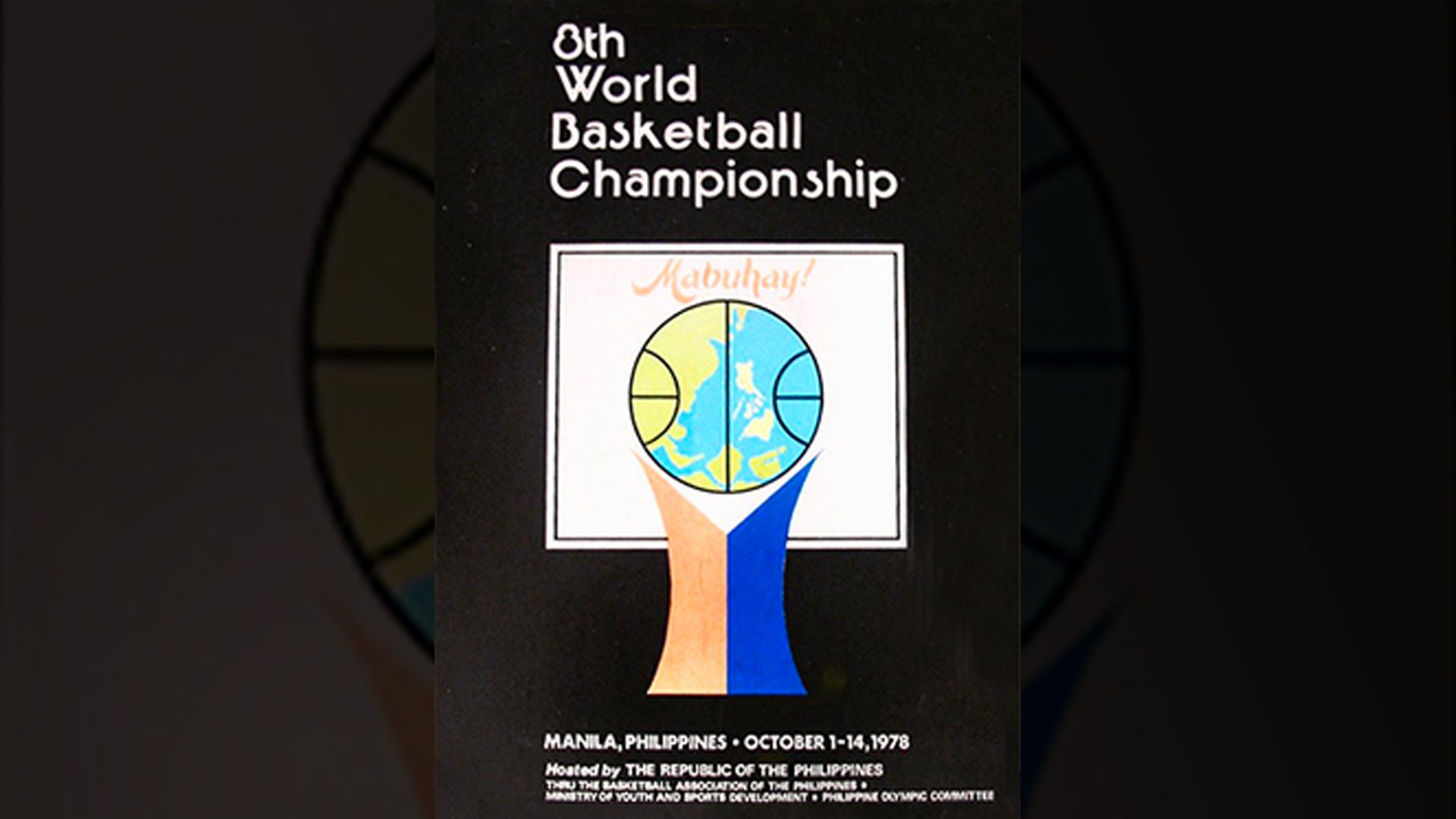SUMMARY
This is AI generated summarization, which may have errors. For context, always refer to the full article.

Rappler has taken down the article, titled, “Echoes from the court: The 1978 World Basketball Championship in Manila,” which was originally published on this page on August 25, 2023, under the byline of Jezreel Ines.
Our internal investigation found that considerable parts of the article had plagiarized an article by Annika Caniza, titled, “Hoop History: Recalling The 1978 FIBA World Cup in Manila,” published on The Game on March 24, 2023.
The article did not cite nor link back to The Game, and its structure and flow also bore strong similarities with the said earlier story. These were in violation of professional and ethical standards in journalism and research.
We deeply regret this incident, and apologize for this lamentable editorial lapse.
We value transparency and integrity in our work, and we are taking steps to make sure this does not happen again. Rappler is working toward a just resolution of the incident with the personnel involved who will have to be taken to task and held accountable. Rest assured that corrective measures are being taken.
Add a comment
How does this make you feel?





There are no comments yet. Add your comment to start the conversation.